Home>Garden Essentials>How To Plant Lime Seeds
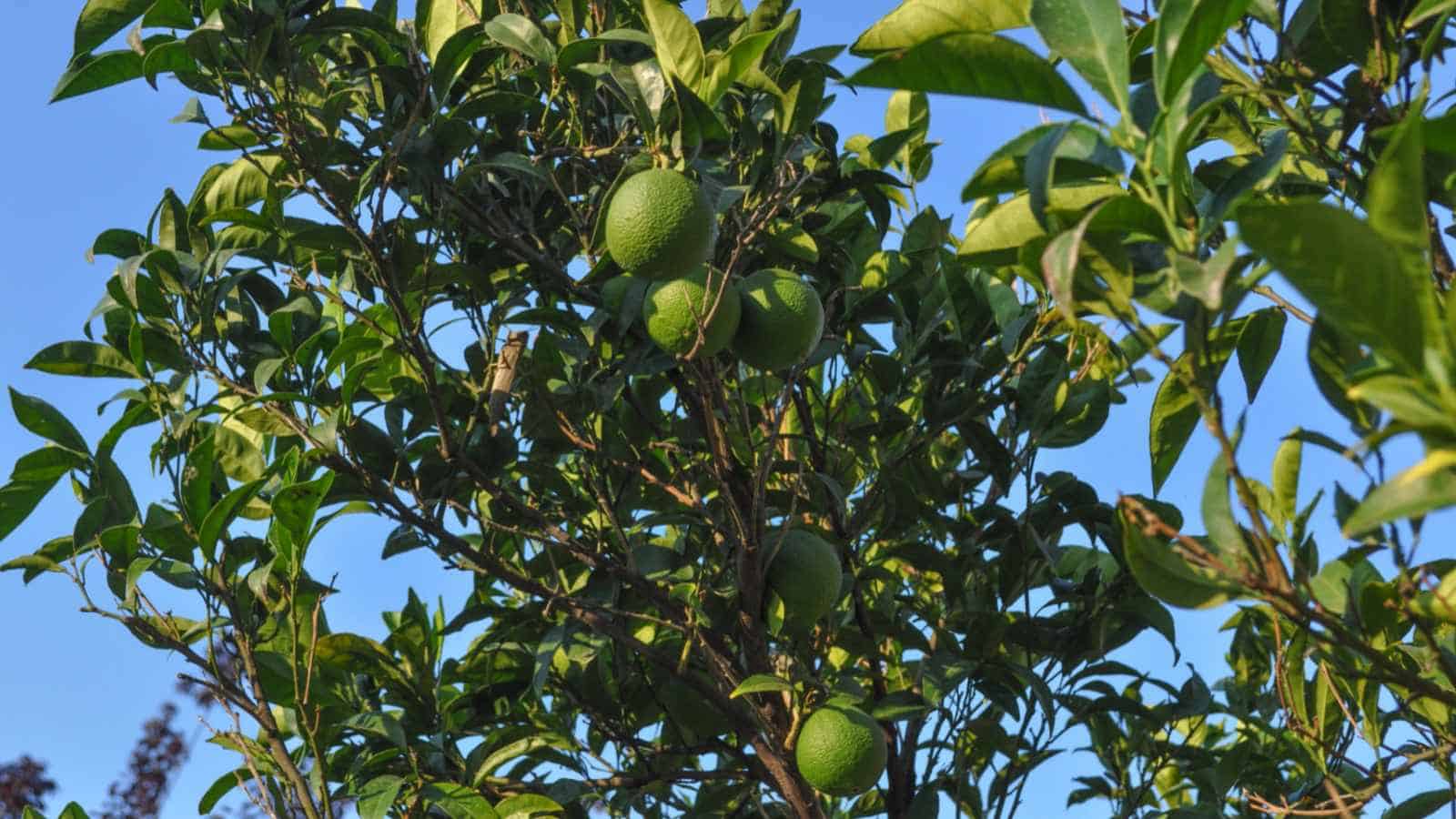

Garden Essentials
How To Plant Lime Seeds
Modified: March 15, 2024
Learn how to plant lime seeds and grow your own luscious lime trees in your garden. Follow our step-by-step guide for a fruitful harvest.
(Many of the links in this article redirect to a specific reviewed product. Your purchase of these products through affiliate links helps to generate commission for Storables.com, at no extra cost. Learn more)
Introduction
Welcome to the world of gardening! Planting lime seeds is an exciting and rewarding endeavor that can yield delicious citrus fruits right in your own backyard. Whether you’re a seasoned gardener or just starting out, this comprehensive guide will walk you through the step-by-step process of planting lime seeds and caring for the seedlings.
Lime trees, belonging to the citrus family, are known for their vibrant green foliage, fragrant blossoms, and tangy fruits. They thrive in warm and tropical climates, making them suitable for cultivation in many regions around the world.
Before embarking on your lime seed planting journey, it’s essential to gather the necessary materials and familiarize yourself with the process. With the right preparation and care, you can grow healthy lime seedlings that will eventually transform into mature lime trees laden with juicy fruits.
In this guide, we will cover each step in detail, providing you with the knowledge and guidance to successfully plant lime seeds. So, let’s dig in and get started on your lime growing adventure!
Key Takeaways:
- Get ready to grow your own lime trees by gathering materials like seeds, soil, and containers. Prepare the seeds by scarifying and testing viability. Choose between pot planting or direct planting methods to start your lime growing adventure!
- Care for your lime seedlings by providing proper watering, lighting, and temperature. Once they’re ready, transplant the seedlings into a sunny spot, and watch them flourish into healthy lime trees. Enjoy the journey of growing your own limes!
Read more: How To Get Lime Seeds
Step 1: Gathering Materials
Before you begin planting lime seeds, it’s important to gather all the necessary materials. Having everything you need at hand will make the process smoother and more efficient. Here’s a list of essential materials:
- Lime Seeds: Obtain fresh lime seeds from a reputable source. You can collect seeds from a ripe lime fruit or purchase them from a garden center or online supplier.
- Potting Soil: Choose a well-draining potting soil that is specifically formulated for citrus plants. Avoid using heavy garden soil, as it can suffocate the delicate roots.
- Pots or Seedling Trays: Use small pots or seedling trays with drainage holes to plant the lime seeds. Opt for containers that provide enough space for the roots to grow.
- Watering Can or Spray Bottle: You’ll need a watering can or a spray bottle to water the seeds and seedlings gently.
- Clear Plastic Bags or Plastic Wrap: To create a humid environment for germination, have clear plastic bags or plastic wrap ready to cover the seeded containers.
- Plant Labels: Labeling the pots or trays will help you keep track of the different lime seed varieties or planting dates.
- Planting Tray or Saucer: Place the pots or trays on a planting tray or saucer to catch excess water and prevent a mess.
- Grow Lights or Sunny Window: Lime seeds require sufficient light to thrive. If you don’t have access to a sunny window, invest in artificial grow lights for optimal growth.
- Fertilizer: While not necessary at the initial planting stage, you’ll need a suitable citrus fertilizer later to nourish the growing lime seedlings.
By having all these materials ready, you’ll be well-prepared to begin the exciting process of planting lime seeds. With a little time, patience, and care, you’ll be on your way to growing your own lime trees and enjoying the fruits of your labor.
Step 2: Preparing the Seeds
Once you have gathered all the necessary materials, it’s time to prepare the lime seeds for planting. Preparing the seeds properly will enhance their chances of germination and ensure healthy seedling development. Follow these steps to prepare the seeds:
- Extracting Seeds: Cut open a ripe lime fruit and gently remove the seeds. Rinse them in water to remove any pulp or residue. Select the plump, healthy-looking seeds for planting.
- Seed Scarification: Lime seeds have a tough outer shell that may hinder germination. To increase the chances of successful germination, you can scarify the seeds. Gently rub each seed with sandpaper or soak them in warm water overnight. This process helps soften the seed coat and allows moisture to penetrate into the seed.
- Stratification (Optional): Some lime seed varieties benefit from stratification, a process that simulates the natural conditions required for seed germination. Place the scarified seeds in a damp paper towel or peat moss, seal them in a plastic bag, and refrigerate them for 4-6 weeks. This cold stratification mimics the winter dormancy period and breaks seed dormancy.
- Testing Seed Viability: Before planting, it’s a good idea to test the viability of your seeds. Take a few seeds and place them on a moist paper towel. Seal them in a plastic bag and keep them in a warm area. Check the seeds after a week to see if they have sprouted. This test will give you an idea of how many seeds are viable and likely to germinate.
By following these steps, you’ll ensure that the lime seeds are prepared for optimal germination and can yield healthy seedlings. Preparing the seeds may take some time but is a crucial step for the success of your lime growing venture.
Step 3: Choosing the Planting Method
When it comes to planting lime seeds, you have a few options to consider. The planting method you choose will depend on your preferences, available space, and resources. Here are two common planting methods for lime seeds:
- Pot Planting: Pot planting is a popular method for growing lime seeds, especially if you have limited outdoor space or live in a region with colder climates. Start by filling small pots or seedling trays with well-draining potting soil. Make a small hole in the soil and place one lime seed, about half an inch deep. Gently cover the seed with soil and press it down lightly. Water the soil to ensure it is evenly moist. Cover the pot or tray with clear plastic bags or plastic wrap to create a humid environment. Place the pots or trays in a warm area with indirect sunlight or under grow lights. Monitor the moisture levels and remove the cover once the seedlings emerge.
- Direct Planting: If you have a garden or outdoor space with suitable conditions, you can opt for direct planting of lime seeds. Choose a location with well-draining soil and ample sunlight. Prepare the soil by loosening it with a garden fork and removing any weeds or debris. Make small holes in the soil, approximately half an inch deep and a couple of inches apart. Place one lime seed in each hole and cover it with soil. Gently press the soil down to secure the seeds. Water the area thoroughly, ensuring the soil is moist but not waterlogged. Keep the soil consistently moist until the seedlings emerge.
Both pot planting and direct planting can be successful methods for growing lime seeds. Consider your specific circumstances and choose the planting method that suits you best. Remember to provide adequate care and attention to the lime seeds throughout the germination and seedling stages to promote healthy growth.
Plant lime seeds in well-draining soil with a pH of 6-7. Sow seeds 1/2 inch deep and keep soil consistently moist. Place in a sunny spot and protect from frost.
Step 4: Planting the Seeds
With your seeds prepared and the planting method chosen, it’s time to move on to the exciting step of actually planting the lime seeds. Follow these guidelines to ensure successful seed planting:
- Prepare the Containers: If you’re using pots or seedling trays for pot planting, fill them with well-draining potting soil, leaving about half an inch of space at the top. For direct planting, ensure the soil in the chosen area is loose and free of weeds.
- Plant the Seeds: Make small holes in the soil or potting mix, approximately half an inch deep. Place one lime seed in each hole and cover it with soil. Gently press the soil down to ensure good seed-to-soil contact.
- Water the Seeds: Give the newly planted seeds a thorough watering, making sure the soil is evenly moist. Avoid over-watering, as excessive moisture can lead to rotting. Maintain moist soil throughout the germination process.
- Provide Proper Lighting: Lime seeds require a good amount of light for germination. If you’re using pot planting, place the pots or trays in a warm area with indirect sunlight or under grow lights. For direct planting, ensure the planting area receives full sunlight for the majority of the day.
- Monitor and Maintain: Regularly check the soil moisture levels to ensure it remains consistently moist but not waterlogged. Keep an eye out for any signs of germination, such as the emergence of seedlings from the soil. Adjust watering and lighting as needed to provide optimal growing conditions.
Remember that the germination process can take anywhere from a few weeks to a couple of months, depending on various factors such as seed variety and environmental conditions. Be patient and provide the necessary care to encourage successful seedling growth.
By following these steps, you’re well on your way to seeing those lime seeds sprout and develop into healthy lime seedlings.
Read more: How To Grow Lime Tree From Seed
Step 5: Caring for Lime Seedlings
Caring for lime seedlings is crucial for their healthy growth and development. Follow these essential care tips to ensure your lime seedlings thrive:
- Watering: Keep the soil consistently moist but not waterlogged. Water the seedlings whenever the top inch of soil feels dry. Use a watering can or spray bottle to provide a gentle and even distribution of water.
- Lighting: Lime seedlings require ample sunlight or artificial grow lights to thrive. If growing indoors, ensure they receive at least 12-16 hours of light per day. Adjust the positioning of grow lights as the seedlings grow to maintain an optimum distance of 6-12 inches.
- Temperature: Lime seedlings prefer warm temperatures between 65-75°F (18-24°C). Avoid exposing them to extreme temperature fluctuations or drafts, as it can stress the young plants.
- Fertilization: After the seedlings have developed a few true leaves (typically after 2-3 months), you can begin fertilizing them. Use a balanced citrus fertilizer following the manufacturer’s instructions. Apply the fertilizer every 4-6 weeks during the growing season.
- Pruning: Once the seedlings have established several sets of leaves, you can begin pruning them to encourage bushier growth and a stronger structure. Trim off any leggy or crossing branches, as well as any damaged or diseased foliage. Ensure you use clean and sharp pruning tools to avoid introducing infections.
- Pest and Disease Control: Monitor the seedlings regularly for any signs of pests or diseases, such as aphids, scale insects, or fungal infections. If necessary, treat the affected plants with appropriate organic or chemical solutions. Maintaining good hygiene and providing adequate air circulation can help prevent pest and disease issues.
Remember to observe your lime seedlings closely and adjust care practices as needed. As they grow, they will gradually require more space and may need to be transplanted into larger pots or into the ground. With proper care, your lime seedlings will develop into healthy and robust lime trees, ready to produce an abundance of delicious citrus fruits.
Step 6: Transplanting Lime Seedlings
Transplanting lime seedlings is an important step in their growth journey, allowing them to establish deeper roots and continue to flourish. Here are the key steps to successfully transplant your lime seedlings:
- Timing: Wait until the seedlings have grown to a size where their roots have filled the current container. This is typically when they have reached around 6-8 inches in height.
- Choose the Right Location: Select a sunny spot in your garden or a larger container with good drainage for transplanting. Lime trees thrive in full sunlight, so choose a location that receives at least 6-8 hours of direct sunlight daily.
- Prepare the Transplant Hole: Dig a hole in the ground or a larger pot that is slightly larger and wider than the root ball of the seedling. Ensure the hole is deep enough to accommodate the entire root system without bending or crowding the roots.
- Prep the Seedlings: Gently remove the seedling from its current container, being careful not to damage the roots. If the roots are tightly wound around the soil, tease them out a bit to encourage them to spread out in the new location.
- Place and Backfill: Carefully place the seedling in the transplant hole, making sure it is at the same depth it was in its previous container. Gently backfill the hole with soil, firming it around the base of the seedling to remove any air pockets.
- Water and Mulch: Give the newly transplanted seedling a thorough watering to settle the soil around the roots. Apply a layer of organic mulch, such as wood chips or straw, around the base of the seedling to retain moisture, suppress weeds, and regulate soil temperature.
- Provide Support: If the seedling appears top-heavy or prone to bending, you may need to provide a stake or tie it loosely to a support structure to ensure proper stability and upright growth.
- Monitor and Maintain: Keep a close eye on the transplanted seedlings, watering them regularly to keep the soil evenly moist. Gradually reduce the frequency of watering over time as the seedlings adjust and their roots establish.
Transplant shock is common after moving seedlings to a new location, but with proper care and adjustment, the lime seedlings will adapt and continue to grow. Ensure they receive adequate sunlight, proper watering, and regular attention to maintain their health and facilitate successful transplanting.
By following these steps, you can confidently transplant your lime seedlings, giving them the space and resources to flourish into mature lime trees that will provide you with an abundance of delicious citrus fruits for years to come.
Conclusion
Congratulations on completing the journey of planting and caring for lime seeds! By following the steps outlined in this guide, you now have the knowledge and confidence to successfully grow lime seedlings into thriving lime trees. With a little patience, care, and attention, you can enjoy the fruits of your labor and savor the tangy and refreshing flavor of homegrown limes.
Remember, the key to successful lime seed planting lies in proper preparation, choosing the right planting method, providing optimal care, and eventually transplanting the seedlings into a suitable location. From gathering the materials to nurturing the seedlings, you have learned the essential steps to give your lime trees the best possible start.
Throughout the process, it’s important to monitor your lime seedlings closely, adjusting care practices as needed. Whether they are grown in pots or in the ground, make sure your lime trees receive adequate sunlight, water, and nutrition to support their growth and development. Prune them when necessary, watch out for pests and diseases, and provide the necessary support as they mature.
As your lime trees continue to grow and thrive, don’t forget to enjoy the journey. Gardening is a rewarding and fulfilling hobby that allows you to connect with nature and experience the joy of watching your efforts come to fruition. Take pleasure in the beauty of your lime trees, the fragrance of their blossoms, and the taste of the luscious fruits they bear.
Now, armed with your newfound knowledge, it’s time to put it into practice and start your own lime garden. Whether you have a small balcony or a spacious backyard, growing lime trees can bring a touch of freshness and vibrancy to your outdoor space.
Happy planting and may your lime trees flourish abundantly!
Frequently Asked Questions about How To Plant Lime Seeds
Was this page helpful?
At Storables.com, we guarantee accurate and reliable information. Our content, validated by Expert Board Contributors, is crafted following stringent Editorial Policies. We're committed to providing you with well-researched, expert-backed insights for all your informational needs.
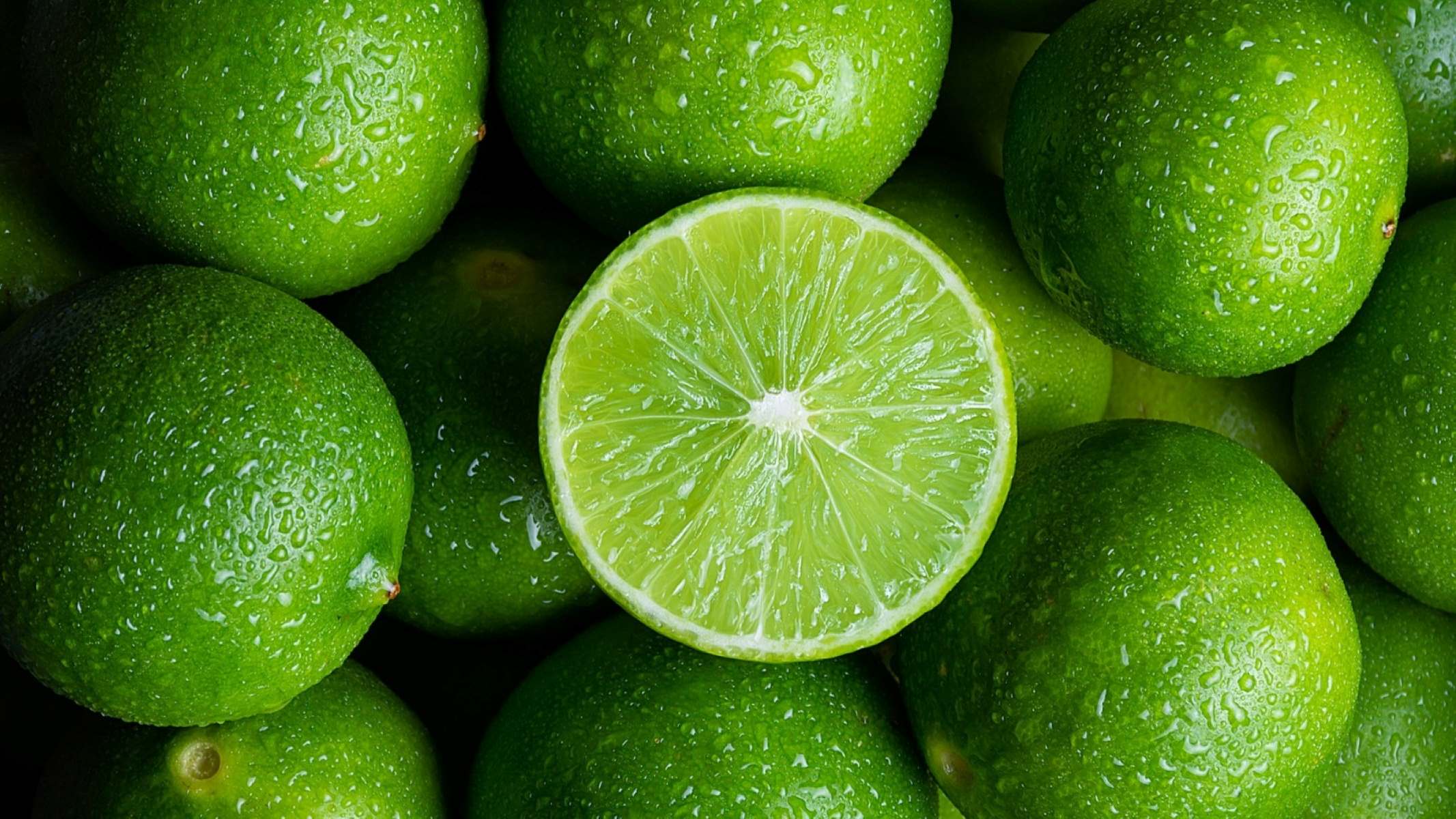



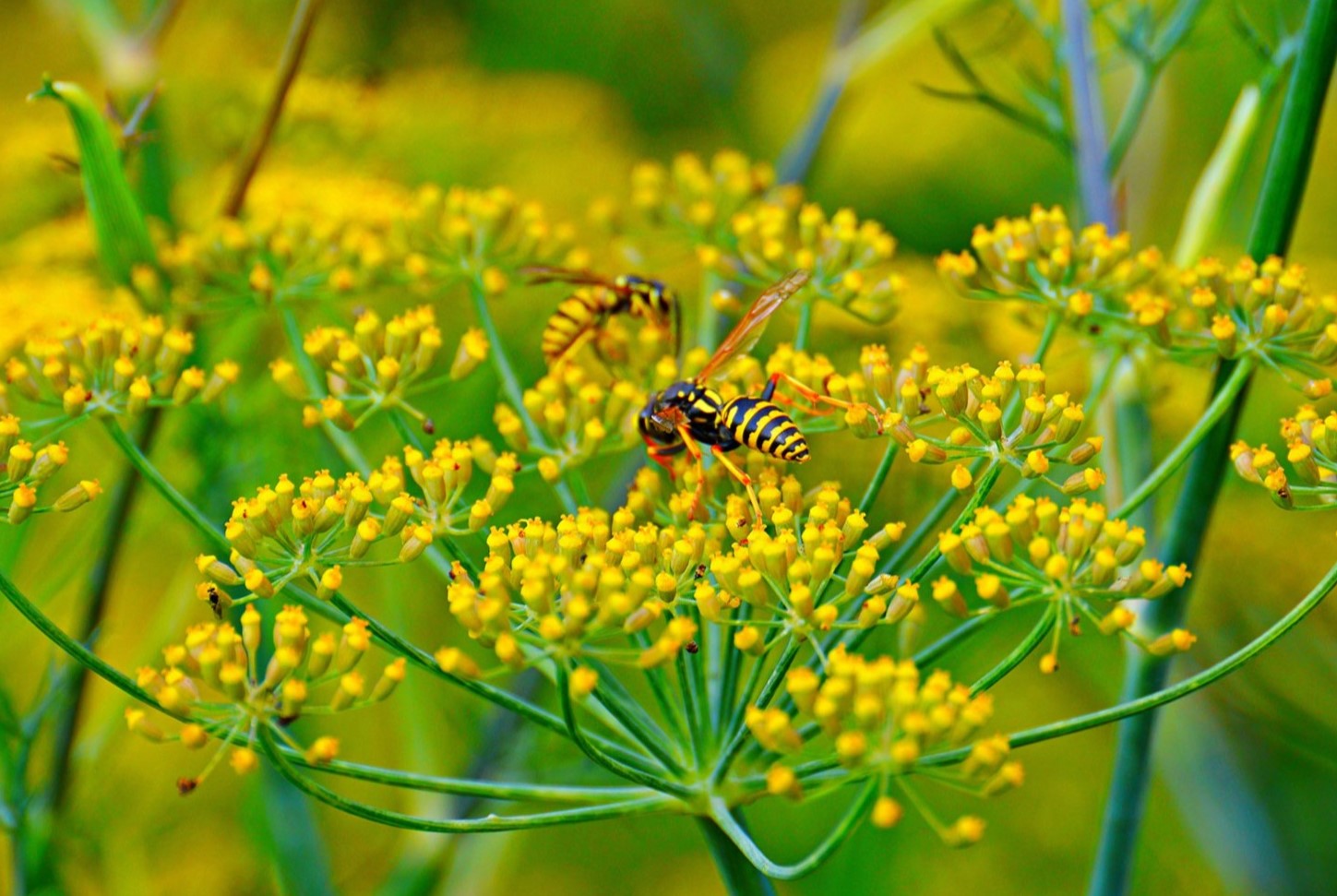
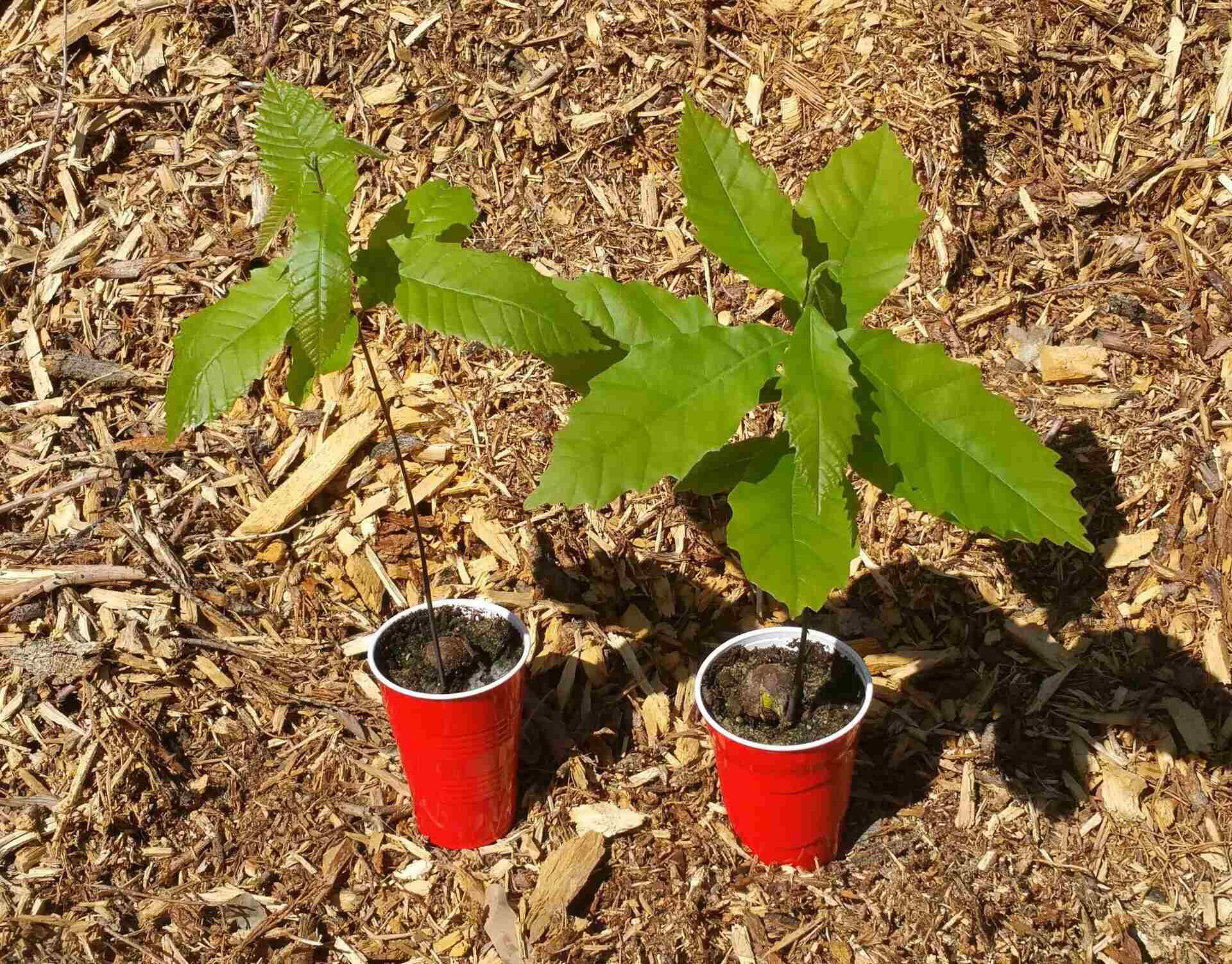

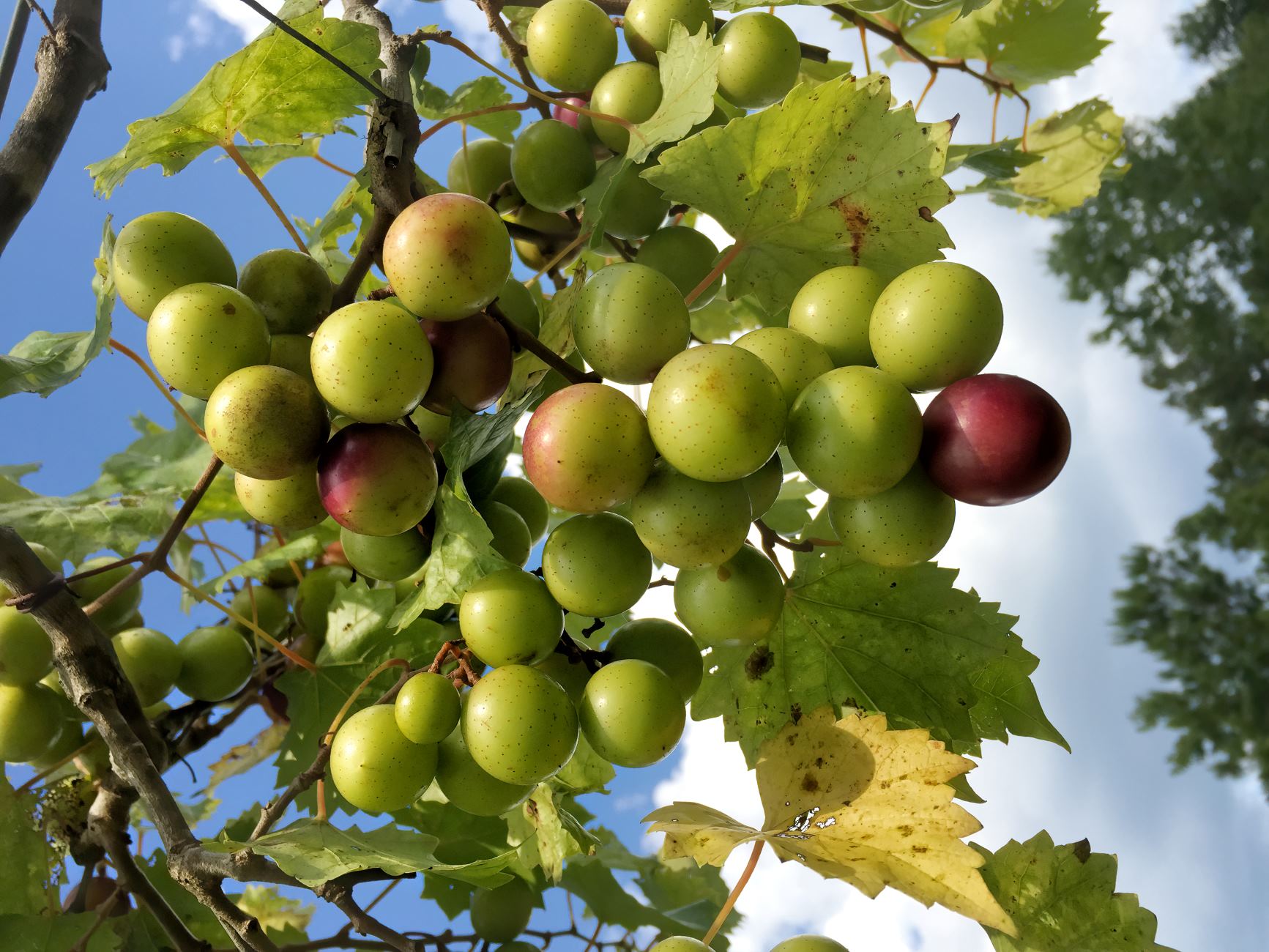
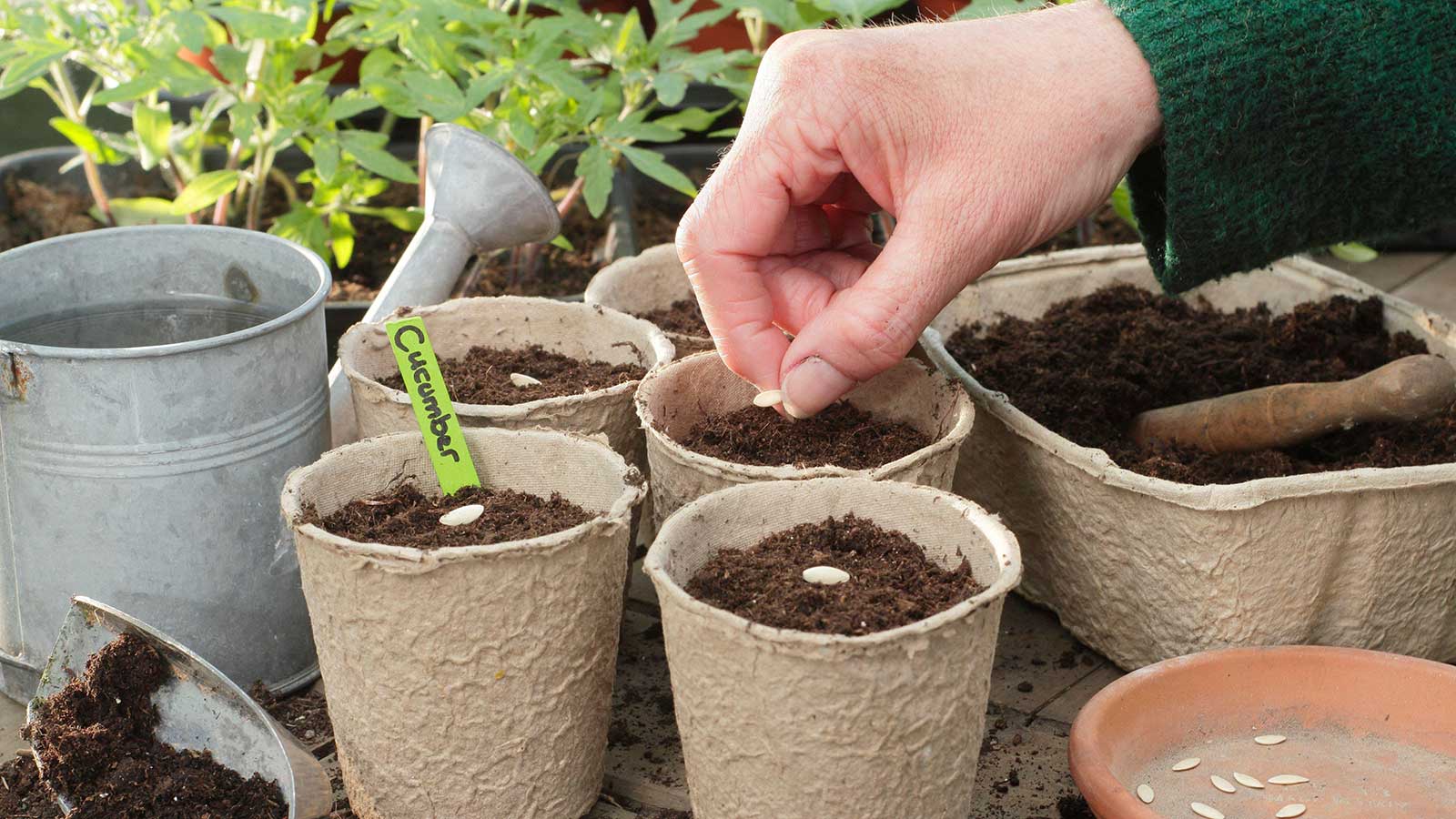
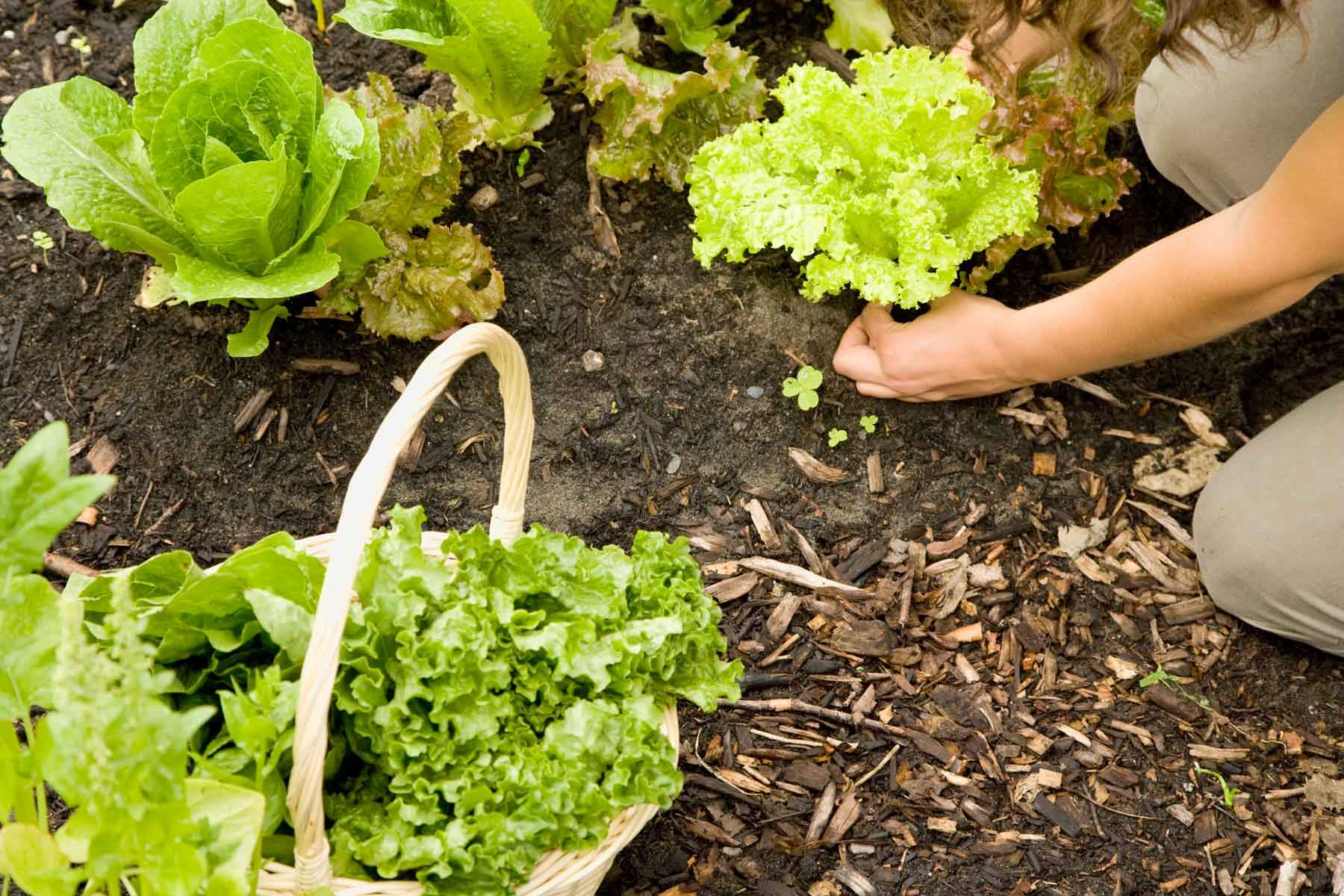
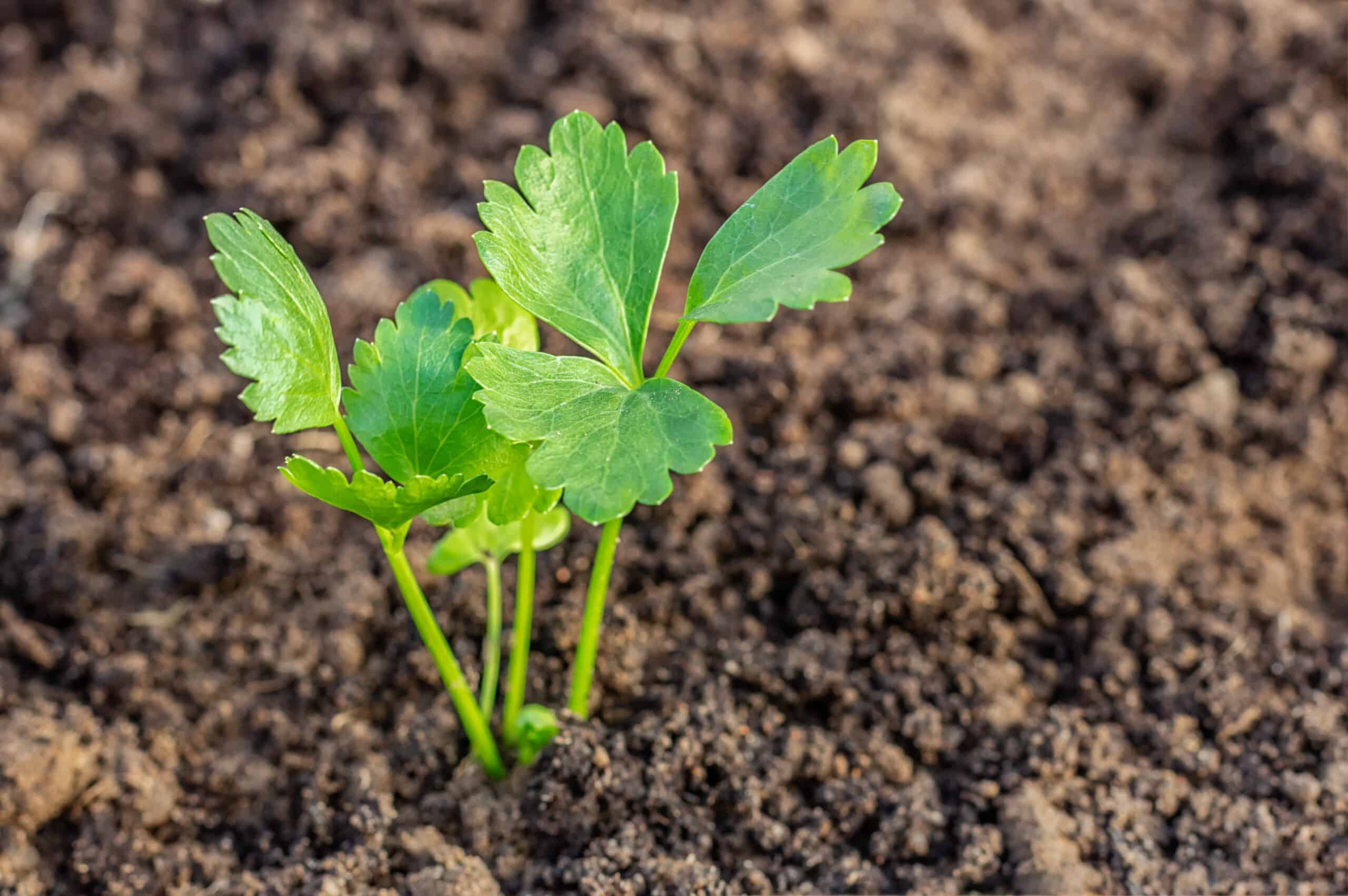
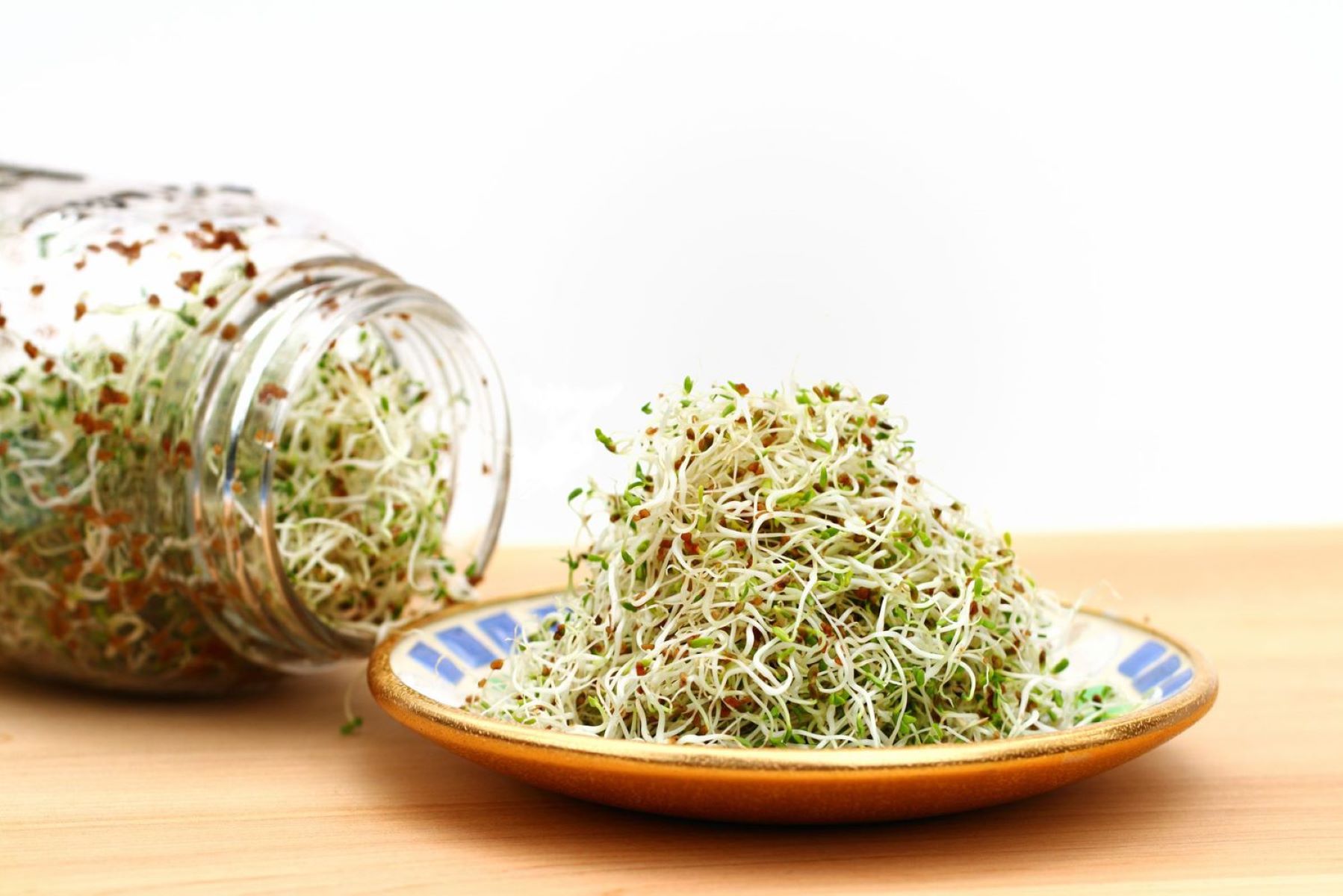
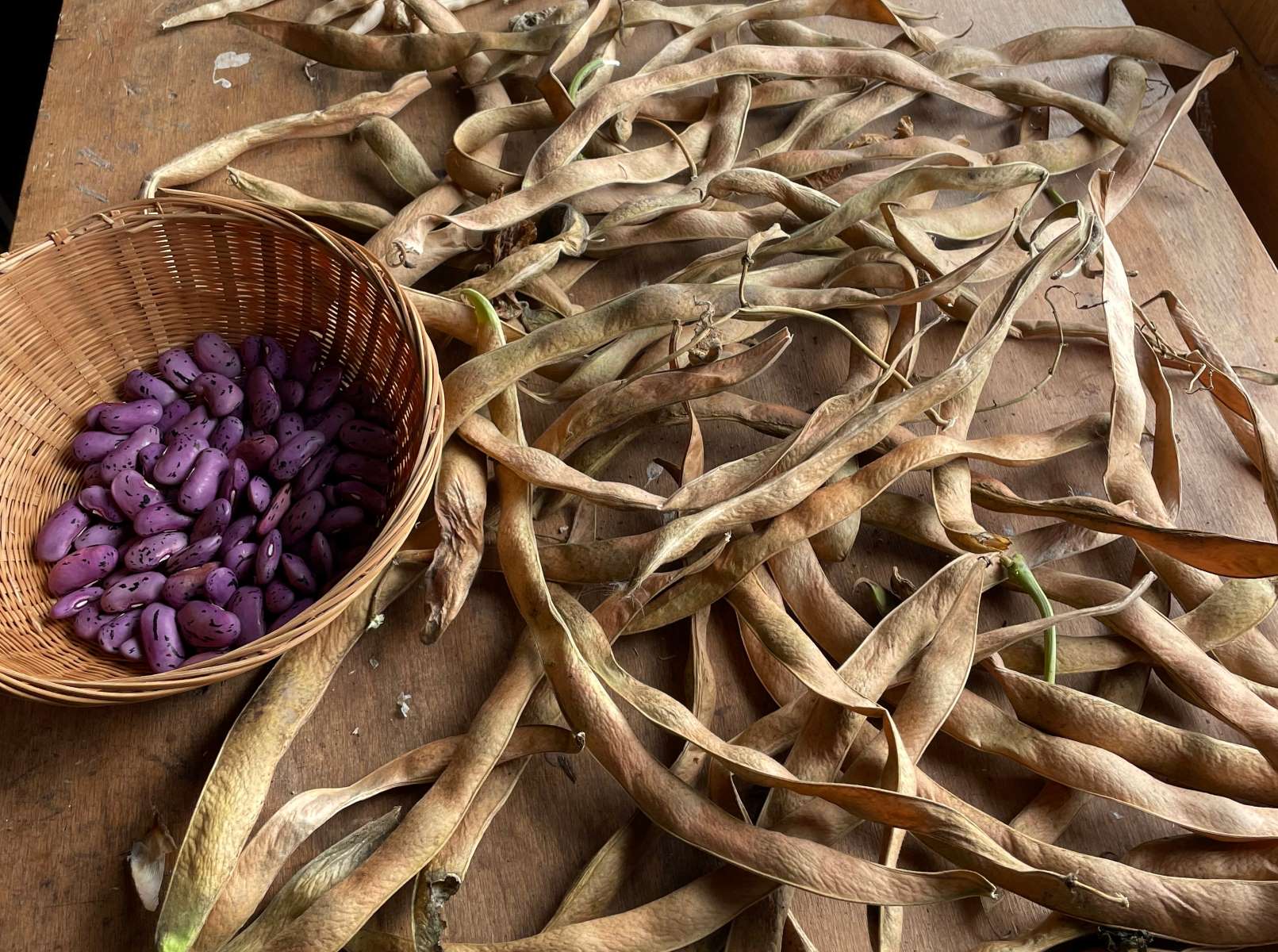
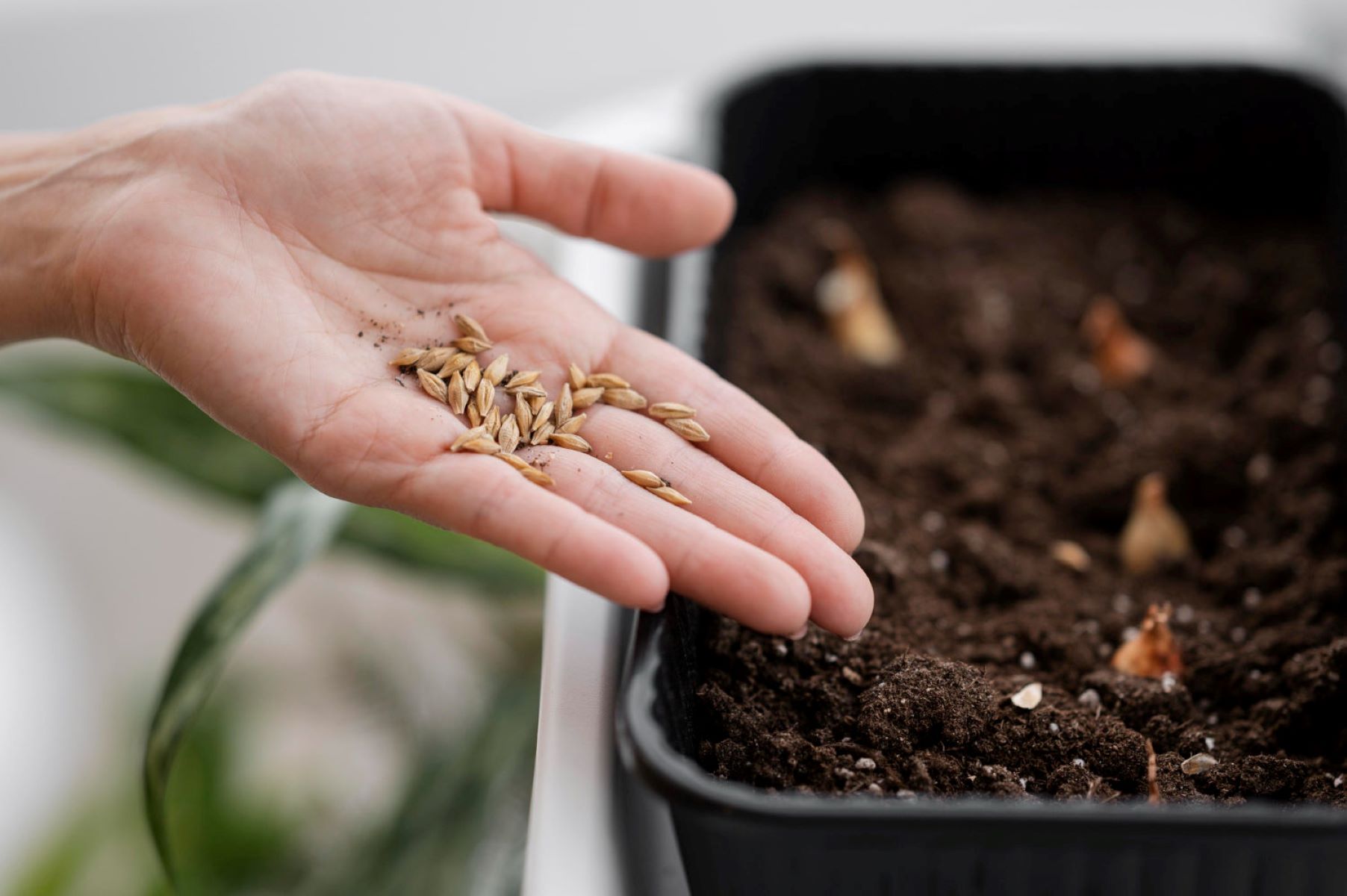

0 thoughts on “How To Plant Lime Seeds”